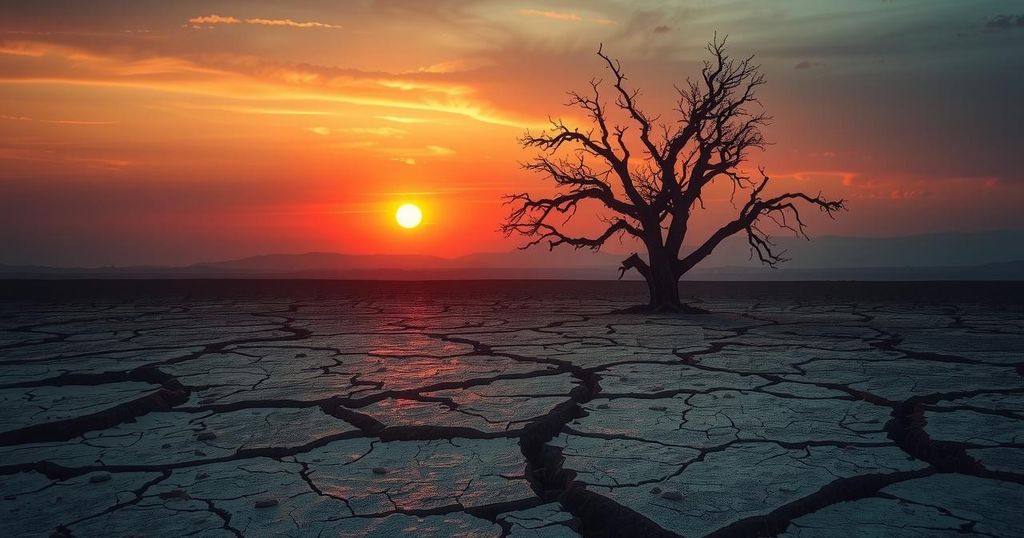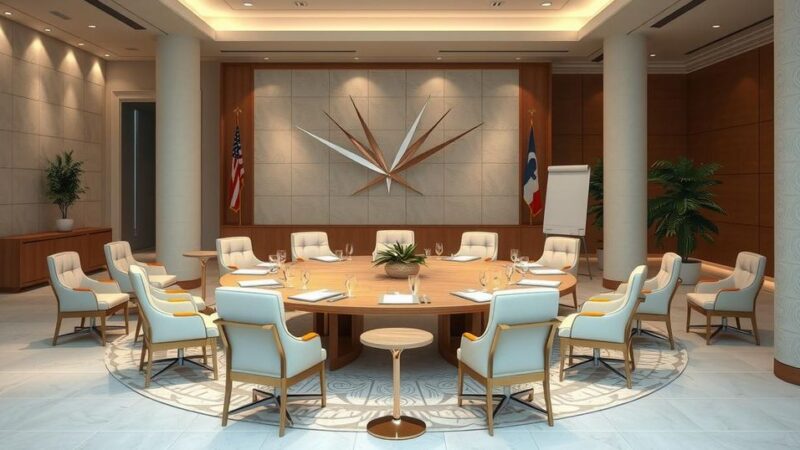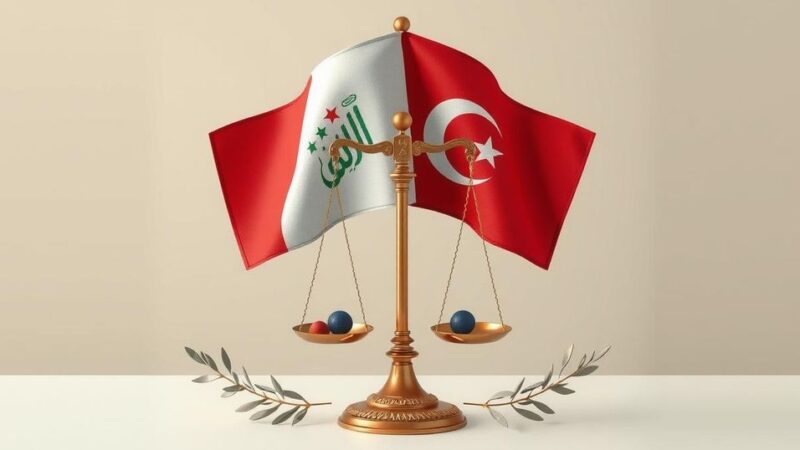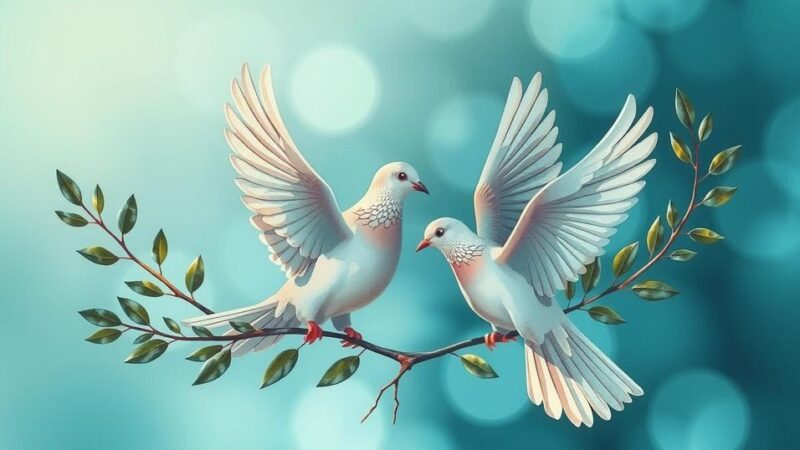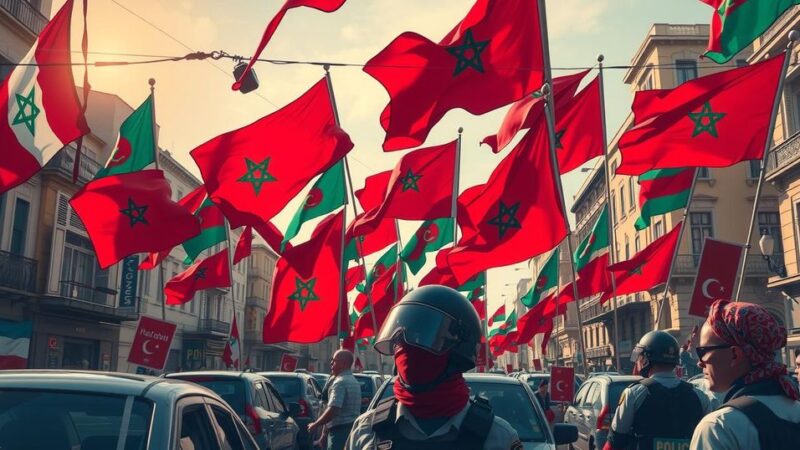Recent hostilities between the DRC and Rwanda have reached alarming levels following the seizure of Goma by M23 rebels. Reports indicate a humanitarian crisis exacerbated by resource-related conflicts. The international community is calling for intervention, while local leaders grapple with accusations of corruption and inefficiency within their military forces. A ceasefire has been agreed upon, yet deeper issues persist that must be addressed to prevent further escalations.
The situation between the Democratic Republic of the Congo (DRC) and Rwanda has escalated to the brink of war, as the Rwanda-backed M23 rebel group has captured the city of Goma in eastern DRC. This conflict, marked by a history of violence over the past three decades, threatens to spiral into a severe humanitarian crisis, which has already claimed thousands of lives. International calls for Rwanda to withdraw forces have intensified, particularly following reports of fatalities during peacekeeping operations in the region.
The ongoing conflict is heavily influenced by the region’s demand for rare minerals, including coltan and cobalt, which are essential for modern technological devices. Rwanda contends that it is seeking to eliminate Hutu extremists who fled to DRC after the 1994 Rwandan genocide, while the DRC accuses Rwanda of exploiting the crisis for mineral extraction via the M23 group. This cyclical tension between national sovereignty and mineral wealth underscores the complex dynamics fueling the conflict.
In summary, the conflict between Rwanda and the DRC is a culmination of longstanding grievances, territorial ambitions, and resource exploitation. The recent ceasefire agreement represents a temporary respite, yet without addressing the fundamental issues underlying the violence, a lasting peace remains elusive. As both local and international pressures mount, the urgent need for a sustainable resolution is more critical than ever.
Original Source: theweek.com
